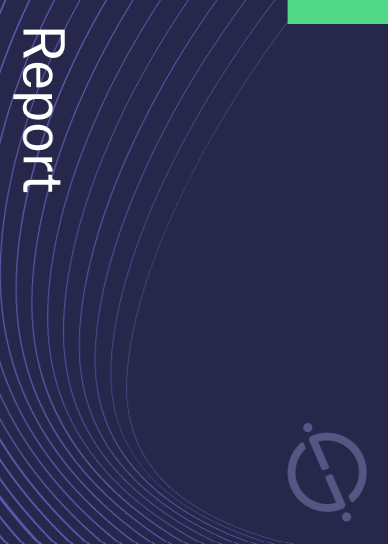Amgen. has filed a patent for methods and pharmaceutical compositions to treat inflammatory disorders, specifically celiac disease, refractory celiac disease, and non-celiac gluten sensitivity. The patent claims the use of an anti-IL-15 antibody or antigen-binding fragment in a therapeutically effective amount for treatment. The antibody or fragment should have specific complementarity determining regions (CDRs) in its heavy and light chain variable regions. GlobalData’s report on Amgen gives a 360-degree view of the company including its patenting strategy. Buy the report here.

Discover B2B Marketing That Performs
Combine business intelligence and editorial excellence to reach engaged professionals across 36 leading media platforms.
According to GlobalData’s company profile on Amgen, NSAID cancer drugs was a key innovation area identified from patents. Amgen's grant share as of September 2023 was 42%. Grant share is based on the ratio of number of grants to total number of patents.
Treatment of celiac disease and non-celiac gluten sensitivity
A recently filed patent (Publication Number: US20230312701A1) describes a method for treating celiac disease or non-celiac gluten sensitivity using an anti-IL-15 antibody or antigen-binding fragment. The method involves administering a therapeutically effective amount of the antibody to the subject. The effective amount can range from 1-20 unit doses, with each dose containing approximately 300 mg or 600 mg of the antibody. The antibody consists of a heavy chain variable region and a light chain variable region, both of which contain specific complementarity determining regions (CDRs) as specified in the patent.
The patent also mentions a method for treating refractory celiac disease, a more severe form of the condition. Similar to the previous method, the treatment involves administering a therapeutically effective amount of the anti-IL-15 antibody or antigen-binding fragment. In this case, the effective amount consists of 1-20 unit doses administered at approximately 2-week intervals, with each dose containing about 8 mg/kg of the antibody. The antibody used in this method also contains specific CDRs in its heavy and light chain variable regions.
The administration of the anti-IL-15 antibody or antigen-binding fragment can be done through subcutaneous injection or intravenous injection, depending on the specific method being used. Additionally, the patent mentions the option of an additional loading dose at week 1 for the treatment of refractory celiac disease.
It is important to note that some claims in the patent have been canceled, as indicated by the "canceled" notation. These canceled claims are not included in the summary.
Overall, this patent describes methods for treating celiac disease, non-celiac gluten sensitivity, and refractory celiac disease using an anti-IL-15 antibody or antigen-binding fragment. The methods involve administering specific doses of the antibody at regular intervals, with the option of an additional loading dose in the case of refractory celiac disease. The antibody used in the treatment contains specific CDRs in its heavy and light chain variable regions. The patent also mentions the different modes of administration, including subcutaneous and intravenous injection.
To know more about GlobalData’s detailed insights on Amgen, buy the report here.
Data Insights
From

The gold standard of business intelligence.
Blending expert knowledge with cutting-edge technology, GlobalData’s unrivalled proprietary data will enable you to decode what’s happening in your market. You can make better informed decisions and gain a future-proof advantage over your competitors.




